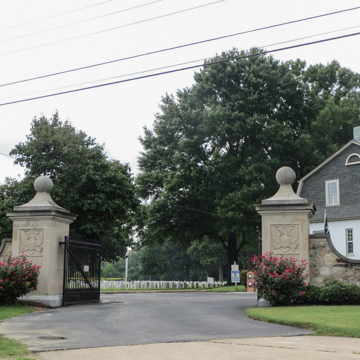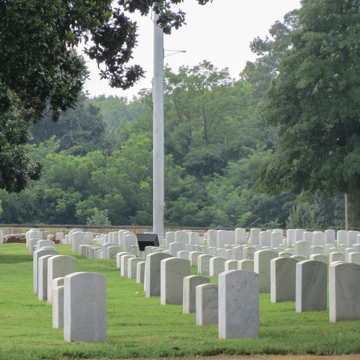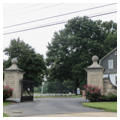Authorized as part of the National Cemetery System (1862), the City Point National Cemetery, along with twenty others, was established in April 1866 through a later joint resolution of Congress. Military in form, the rectangular 7.5acre cemetery has a semicircular entrance with a wrought iron gate and stone piers. A 4-foot wall of uncoursed fieldstone surrounds the cemetery. At the center a roadway encircles a flagpole and a monument dedicated to the memory of the dead of the Army of the James.
You are here
City Point National Cemetery
1866. 10th Ave. and Davis St.
If SAH Archipedia has been useful to you, please consider supporting it.
SAH Archipedia tells the story of the United States through its buildings, landscapes, and cities. This freely available resource empowers the public with authoritative knowledge that deepens their understanding and appreciation of the built environment. But the Society of Architectural Historians, which created SAH Archipedia with University of Virginia Press, needs your support to maintain the high-caliber research, writing, photography, cartography, editing, design, and programming that make SAH Archipedia a trusted online resource available to all who value the history of place, heritage tourism, and learning.









